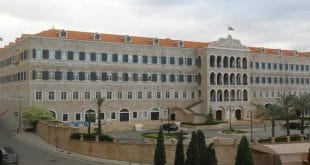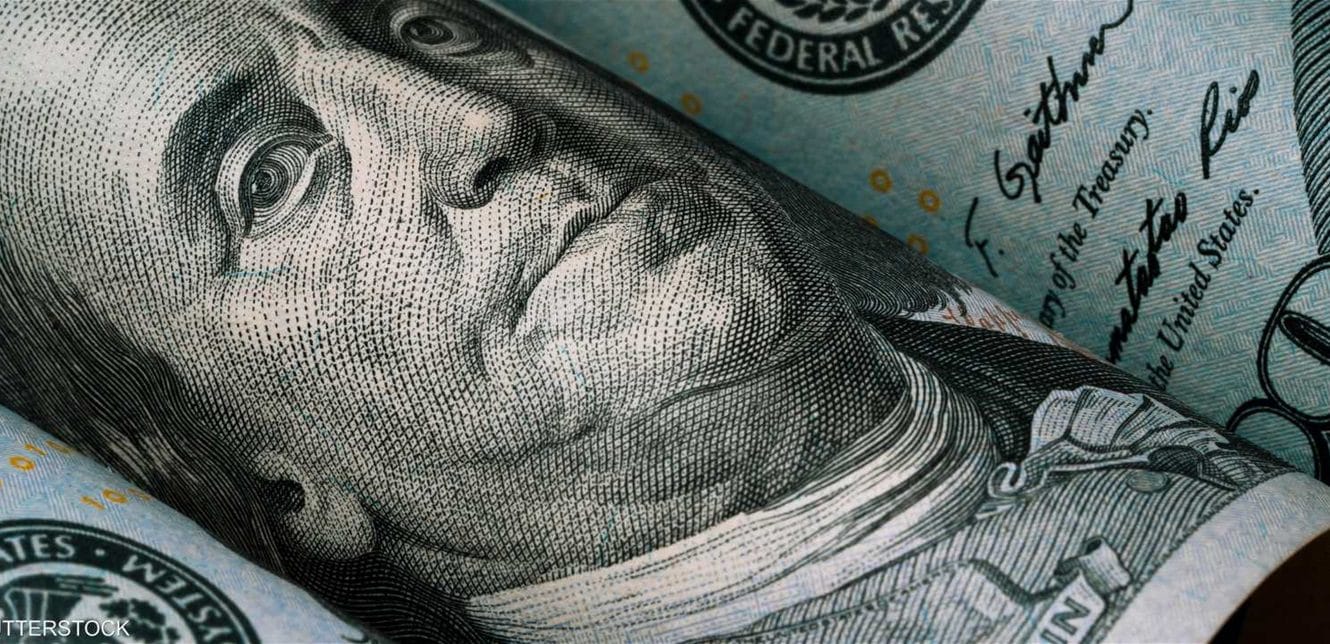البنية التحتية في لبنان: أزمة مستمرة تهدد الاستقرار الاقتصادي
لبنان، هذا البلد الذي كان يُعرف بـ “سويسرا الشرق” وكان يحتضن جمال الطبيعة والثقافة الشرق أوسطية، يعاني الآن من أزمة بنية تحتية شديدة. رغم ما مرّ به لبنان من صراعات وحروب، إلا أن البنية التحتية في البلاد كانت دائمًا تشكّل الأساس الذي يقوم عليه الاقتصاد الوطني والحياة العامة. اليوم، ومع الأزمات الاقتصادية المتعددة التي يشهدها لبنان، أصبحت البنية التحتية في حالة انهيار تام، ما يشير إلى خطر داهم يهدد الحياة اليومية لملايين اللبنانيين.
أسباب انهيار البنية التحتية في لبنان
يواجه لبنان منذ عام 2019 أزمات اقتصادية خانقة تعد الأسوأ في تاريخه المعاصر. هذه الأزمة، التي بدأت بسبب عقود من سوء الإدارة والفساد، أسفرت عن انهيار كبير في معظم القطاعات، من بينها البنية التحتية. ومن بين أبرز العوامل التي أدت إلى تفاقم الوضع:
النزوح السوري: ازداد الضغط على موارد المياه والكهرباء والنفايات نتيجة وصول أكثر من مليون لاجئ سوري إلى لبنان.
حرب إسرائيل على لبنان: دمرت العديد من المدن والمناطق اللبنانية، ما أدى إلى تدهور كبير في الخدمات الأساسية.
الفساد وسوء الإدارة: تدهورت الحالة العامة للبنية التحتية نتيجة قلة الصيانة والإدارة الفاشلة.
تأثير الأزمة الاقتصادية على القطاعات الحيوية
تسببت الأزمة الاقتصادية في تقليص القدرة على توفير الخدمات الأساسية مثل المياه والكهرباء، إلى جانب تدهور الوضع البيئي بسبب تراكم النفايات. حسب تقديرات البنك الدولي، يحتاج لبنان إلى ما يقارب 11 مليار دولار لإعادة بناء بنيته التحتية.
الحاجة إلى إصلاح شامل للبنية التحتية
إن عملية إصلاح البنية التحتية اللبنانية تتطلب تمويلًا ضخمًا من القطاعين العام والخاص، إلى جانب استراتيجيات جديدة ومستدامة. يجب على الحكومة اللبنانية البدء في إعادة تأهيل شبكات النقل والمواصلات والطاقة والمياه، فضلاً عن تطوير شبكات الاتصالات.
حلول استراتيجية للمستقبل
في ضوء الأزمة الحالية، على لبنان أن يعتمد على حلول مبتكرة لإصلاح البنية التحتية، مثل:
الطاقة المتجددة: التوجه نحو استخدام الطاقة الشمسية وطاقة الرياح لتلبية احتياجات البلاد.
تطوير النقل المشترك: من خلال تحسين وسائل النقل العام وتوسيع شبكة السكك الحديدية.
إدارة المياه: تحسين شبكة توزيع المياه وتطوير شبكات الصرف الصحي.
تعزيز الشفافية: العمل على ضمان أن تكون مشاريع البنية التحتية خاضعة للرقابة والتدقيق.
الخطوات اللازمة لإنعاش لبنان اقتصاديًا
على لبنان أن يعكف على بناء بنية تحتية قوية وموثوقة لتلبية احتياجات المواطنين وتعزيز الاقتصاد. إن البنية التحتية ليست مجرد منشآت، بل هي ركيزة أساسية للنمو الاقتصادي المستدام ورفاهية الشعب اللبناني.
Lebanon’s Infrastructure Crisis: A Looming Catastrophe Threatening Economic Stability
Lebanon, once known as the “Switzerland of the East” with its stunning natural beauty and rich culture, is now grappling with a severe infrastructure crisis. Despite the challenges faced by Lebanon over the years, the country’s infrastructure was always the foundation upon which its economy and public life rested. Today, however, the country’s infrastructure is in a state of collapse, signaling a looming disaster that threatens the everyday lives of millions of Lebanese.
Reasons Behind Lebanon’s Infrastructure Collapse
Since 2019, Lebanon has faced the worst economic crisis in its modern history. This crisis, which resulted from decades of mismanagement and rampant corruption, has led to a collapse in various sectors, including infrastructure. Some key factors contributing to the worsening situation include:
Syrian Refugee Crisis: The influx of over a million Syrian refugees has put additional pressure on Lebanon’s resources, including water, electricity, and waste management.
Israeli War on Lebanon: Many cities and areas in Lebanon were devastated, further damaging the country’s basic services.
Corruption and Mismanagement: The lack of regular maintenance and poor management has led to a further decline in infrastructure.
Impact of the Economic Crisis on Vital Sectors
The economic collapse has diminished the capacity to provide essential services such as water and electricity. Environmental conditions have also worsened due to the accumulation of waste. According to the World Bank, Lebanon requires approximately $11 billion for infrastructure rebuilding.
The Need for Comprehensive Infrastructure Reform
Rebuilding Lebanon’s infrastructure requires substantial funding from both the public and private sectors, as well as new, sustainable strategies. The Lebanese government must begin rehabilitating transportation networks, energy, water, and communication systems.
Strategic Solutions for the Future
In light of the current crisis, Lebanon needs to adopt innovative solutions to restore its infrastructure, such as:
Renewable Energy: Shifting toward solar and wind energy to meet the country’s needs.
Public Transport Development: Expanding public transportation and railway networks.
Water Management: Improving water distribution networks and developing sewage systems.
Transparency: Ensuring that infrastructure projects are subject to scrutiny and auditing.
Necessary Steps to Revive Lebanon Economically
Lebanon must focus on building a strong and reliable infrastructure to meet the needs of its citizens and boost the economy. Infrastructure is not just about physical structures; it is a key pillar of sustainable economic growth and the well-being of the Lebanese people.
Translated by economyscopes team
المصدر: ربى أبو فاضل – الديار
 سكوبات عالمية إقتصادية – EconomyScopes إجعل موقعنا خيارك ومصدرك الأنسب للأخبار الإقتصادية المحلية والعربية والعالمية على أنواعها بالإضافة الى نشر مجموعة لا بأس بها من فرص العمل في لبنان والشرق الأوسط والعالم
سكوبات عالمية إقتصادية – EconomyScopes إجعل موقعنا خيارك ومصدرك الأنسب للأخبار الإقتصادية المحلية والعربية والعالمية على أنواعها بالإضافة الى نشر مجموعة لا بأس بها من فرص العمل في لبنان والشرق الأوسط والعالم




